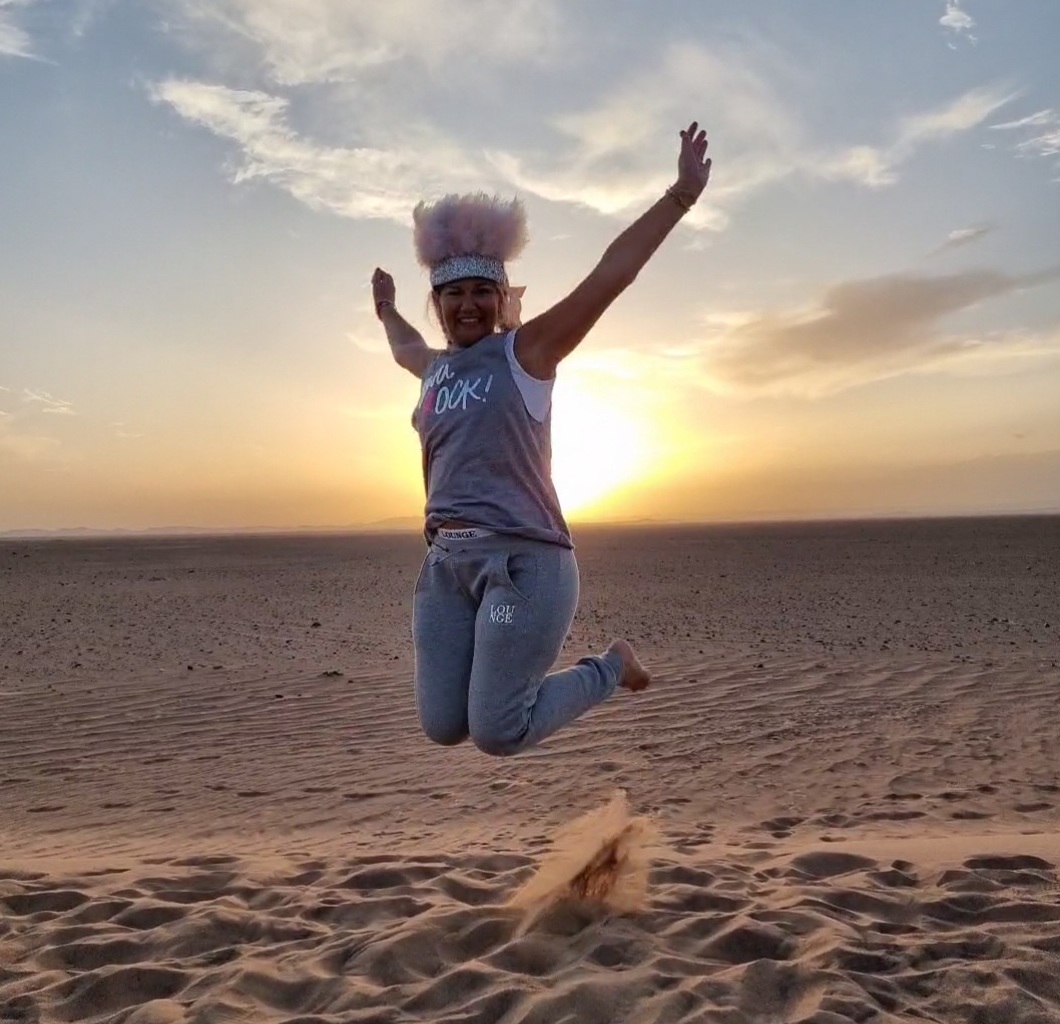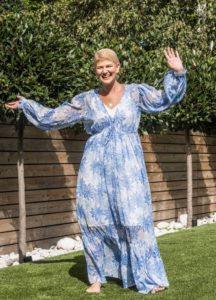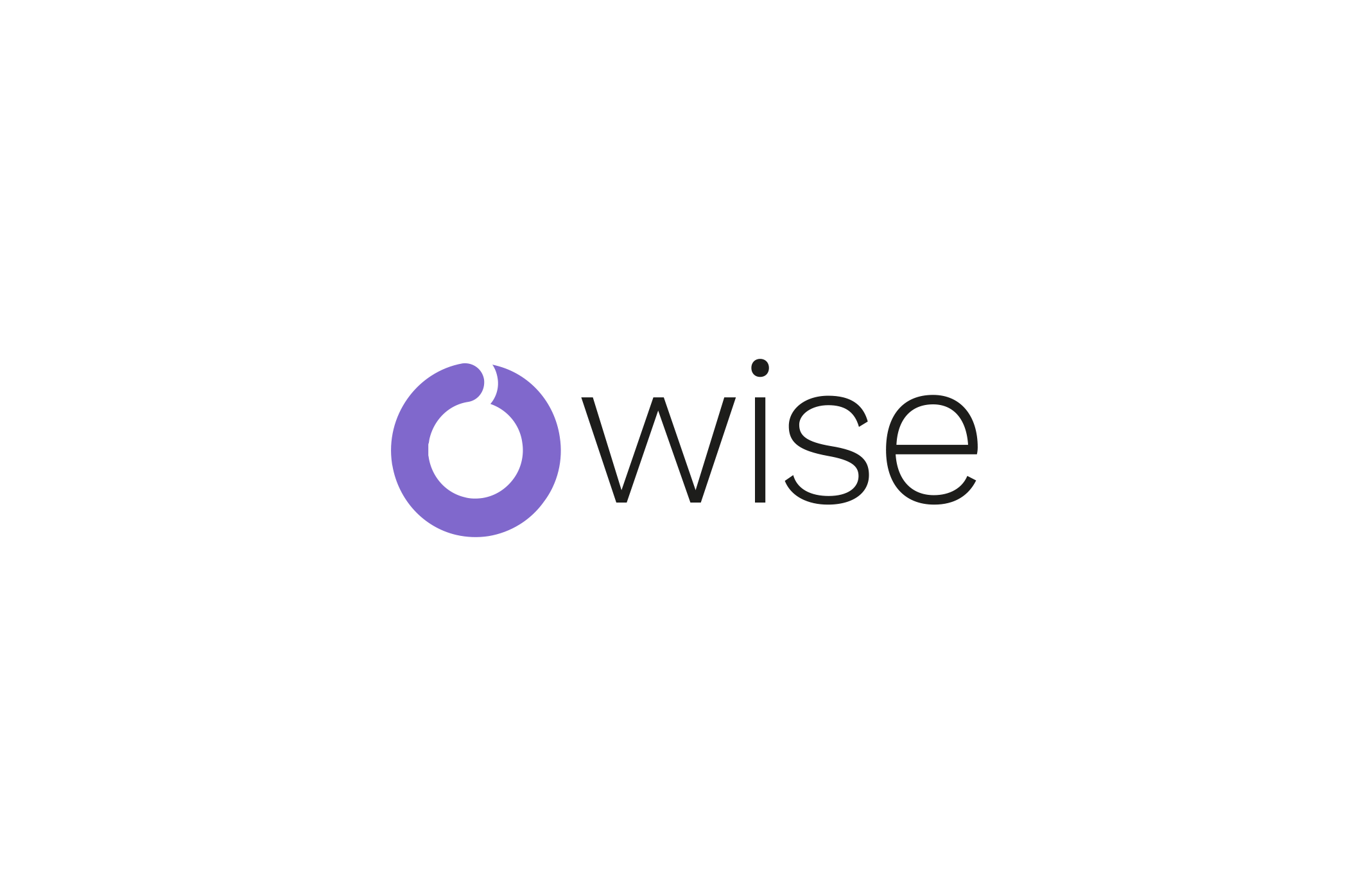
Cherishing moments of joy when living with breast cancer doesn’t always come easy. When I was diagnosed with Breast Cancer, my world went very dark, very quickly. So much happens in a single moment. You become a patient in a medical system immediately. You face treatment. You suddenly need surgeries that will change your body forever. You face fear. Fear of the unknown. Fear of uncertainty. Fear for a future you imagined but might never get.
In that instance, the one thing that does not change is that it only takes the slightest crack in that darkness to let the light back in. Today I share with you the many ways I have learnt in my lifetime to come back to a place of light. A place of joy. A place of love. No matter what. To let the single sunbeam drive away many shadows. I want to share my tools to allow joy in after a breast cancer diagnosis.
“A single sunbeam is enough to drive away many shadows” – St Francis of Assisi
1. Notice ‘glimmers’
During treatment I felt a huge shift in perspective. For the first time in my 37 years I was incredibly unwell for an extended period of time, and I felt that physical deterioration viscerally. I had to dig so deep to keep getting in the chemo chair each week. It was traumatic and brutal. The thing that really helped me to get through was to look for the smallest most precious moments to bring me back to a space of love and connection during this terrifying time.
The concept of a ‘glimmer’ is part of Polyvagal theory and was coined by neuroscientist Stephen Porges in 19951. It is the exact opposite of a trigger and brings us back to a sense of safety or joy. Glimmers help us to regulate our overwhelmed nervous systems and an amazing thing happens when you start to notice them. You start to see them EVERYWHERE. From the morning sunlight coming through your window, to the smile from the stranger who holds the door open for you at the shop, to the first sip of a delicious hot drink in the morning. Glimmers help you to feel warm and cosy and full of joy, and they really are all around us. In nature, in the faces of our loved ones, in our homes. Precious present moments where we are mindful and aware that something small is making us feel something huge. When we realise that it is these precious present moments, that some may call mundane moments, that really are anything but. They are a lifeline to relaxing our nervous systems and coming back to a place of joy.
If you are new to noticing glimmers it is really helpful to start noting them down every time you feel that warm fuzzy feeling. Write it down. Write what makes you feel that way and whenever you are feeling fearful or anxious go back to this list. Allow these moments to be a safe haven for you to return your body back to a place of love and joy. Lean into these precious present moments.
You can try using the diary feature on the OWise app to record glimmers that you notice. Try keeping notes or taking pictures, you can refer back to them whenever you need to help you allow joy in after a breast cancer diagnosis.
2. Express gratitude
Gratitude gets a lot of airtime. Everyone says be grateful, but what are the actual benefits? Gratitude can benefit our mental health, reduce depression, improve sleep quality and reduce blood pressure2,3,4. The brain cannot be in a state of appreciation and a state of fear at the same time. It helps you to appreciate what you have instead of what you don’t have. Expressing gratitude releases dopamine and serotonin which enhances mood and it reminds us of the simplistic beauty and miracle of life. I mean, what is not to love about gratitude?
When I was diagnosed with triple negative breast cancer, I was taking part in an abundant 21 day challenge with some friends where each day we took part in a simple activity, which was listening to a guided meditation by Deepak Chopra. Taking part in this challenge throughout this time of great fear and ‘scanxiety’, as I waited to find out if my cancer was contained, left me feeling incredibly supported. I was able to really tap into the deep gratitude I felt alongside the path that my life now was paving the way for. To able to be grateful for the smallest of moments throughout a day, no matter how challenging that day can be, allowed me to tap into the beauty and miracles of everyday life right in front of my eyes.
Now I have finished treatment and I’m out the other side, this gratitude has led to deep healing. It leaves little space for fear and brings me back to the things that really matter to me. It can be the difference between throttling head first, very fast down the path as a victim or recognising yourself as the hero of the story. From as small of a thought that I HAVE to do another school pick up in the pouring rain, I am able to quickly reframe this that I GET to do a school pick up in the pouring rain. If gratitude were the foundations of our every day then we would wake and realise, without having to face our own mortality, that we are here and alive, and that each day is an absolute miracle. I highly recommend starting a gratitude practice and spending a few minutes each morning and evening writing down what you are grateful for.
3. Practice visualisation
When I was heading in to have my 10-hour breast cancer surgery, where I was going to be in hospital for a week alone during covid, a dear friend sent me a recording of a healing meditation. It was only 10 minutes long and during the recording it asked you to imagine your body in full health. As I lay in my hospital bed in huge amounts of pain, with rising anxiety from being unable to sleep well or get comfortable, I surrendered to this healing meditation. I imagined myself restored, healthy and happy. I used visualisation to imagine somewhere I felt safe, relaxed, joyful and happy. The power of this visualisation helped me through some of my worst hours. In the first few days after my surgery I would listen to it 4-6 times a day to relax and release the fear I was feeling. It was grounding and it was powerful. We have this power to visualise a different space at any point. We have the power to visualise joy in any given moment.
As you read this now, you can take yourself to a joyful time. You can tap into a place where you feel safe, happy, joyful and loved. Allow your senses to take you to that place. How does it smell? How does it feel? What can you see? What can you taste? What can you hear? Build up a detailed picture of this moment of beautiful joy in your life and take yourself there. Feel yourself relax. Feel yourself heal. We can’t control many things in life, but we can choose to look to the light and step into joy in any given moment. We have that choice within. Joy is light. Joy is always there for us to connect with. Even when we feel it isn’t. That is when we must remember and know that it is still there. As long as our heart beats in these bodies we can choose joy. We can surrender to what is happening in our lifetime, we can accept and let go and come back to joy.
Research has found the more vividly we imagine something, the more likely we are to believe it’s real5

It is also very powerful to visualise the future feeling healthy again. When you are feeling so unwell and in the trenches of cancer treatment it can be incredibly hopeful to visualise this joyful moment of good health. To give yourself that goal to get there. To believe you will get there. To affirm to your body that it can heal for you to get to that incredible moment. As someone who practiced this so often when I felt my weakest, writing this now and knowing that the images I visualised have happened I feel overcome with emotion. I truly believed there would come a day for this healing and to know it did it is a beautiful thing. Imagine yourself safe, happy and healthy, and I hope for you that this day comes to you too.
4. Inner child play
I’ve always been pretty playful. I’ve enjoyed an active social life. Laughing. Parties. Switching off. A few (perhaps too many at times) drinks. Play was very much centred around letting my hair down. When I was diagnosed, I stopped drinking alcohol that day. I decided that during treatment I would be putting so many toxins into my body I wanted to feel as good as I could, and that alcohol would not serve me well during this time. When treatment finished I was left feeling a shell of my former self, physically and mentally. I thought about the abundant challenge again. One of the things we had been asked was to write down times in our lives that we had felt our most free and playful. I realised many of the things I wrote down were activities I had loved as a child but somewhere along the way I had disconnected from. I had hung up my skates, quite literally in this case, for adult life. For the play that I thought was play, but was actually still adulting.
“Know what sparks the light in you so that you, in your own way, can illuminate the world.” -Oprah Winfrey
I reconnected back to that absolute happiness I felt during my childhood. Where silliness was still a thing and our egos weren’t out there protecting us from all kinds of perceived dangers. I bought some rollerblades. Pastel coloured unicorn inspired rollerblades, and discovered absolute joy in being an almost 40-year-old woman having the time of her life. I signed up to ice skating lessons, having been great as a child and loved it, I took to the ice and felt that liberating freedom and joy. I pogoed, I danced more, I sung loudly with my kids, I played with them more. I flung myself down the largest slides at the waterparks. I jumped from the tops of boats. I started to connect with that inner child who would get such joy from all these things and not listen to the voice telling me I couldn’t do any of this stuff. Play started to heal me. Connecting with my inner child healed me.

Nowadays, I try to bring the two together as much as possible and live by the quote “We don’t stop playing because we grow old, we grow old because we stop playing”. Even writing has become a form of play. Writing playful poems during my treatment, journaling my thoughts or writing to just let my creativity flow. I rediscovered the enjoyment I felt in my childhood from putting a pen to paper. Falling back in love with the written word. Nourishing these desires from my childhood to do the things I love. That is not to say that everyone has to go and quit their job tomorrow, but to reconnect with what you absolutely loved as a child and see if you can bring that into your life now. Doing a puzzle, swimming, painting, climbing, collecting stamps – whatever it might be, see about bringing it back into your life and watch yourself feel joy immediately. There is no book to say we have to grow old a certain way and shut ourselves off from these things that shaped us and brought us so much joy. Nowadays, I’m a huge advocate for finding a way to play everyday, and experience the pleasures of this life.
Letting the joy in
Sending love, light and joy to you all. My hope is that you let joy in today and every day. Let it in. Let yourself feel it in all it’s beautiful pleasurably glory. Let it sit alongside grief. This gloriously messy life as a human is a gift. And there is so much joy to unwrap.
“And maybe that was how it was supposed to be… Joy and sadness were part of the package; the trick, perhaps, was to let yourself feel all of it, but to hold on to the joy just a little more tightly…” Kristin Hannah
References
1. Porges SW. Orienting in a defensive world: Mammalian modifications of our evolutionary heritage. A Polyvagal Theory. Psychophysiology. 1995;32(4):301–318. doi:https://doi.org/10.1111/j.1469-8986.1995.tb01213.x
2. Jackowska M, Brown J, Ronaldson A, Steptoe A. The impact of a brief gratitude intervention on subjective well-being, biology and sleep. Journal of Health Psychology. 2016;21(10):2207–2217. doi:https://doi.org/10.1177/1359105315572455
3. Bohlmeijer ET, Kraiss JT, Watkins P, Schotanus-Dijkstra M. Promoting Gratitude as a Resource for Sustainable Mental Health: Results of a 3-Armed Randomized Controlled Trial up to 6 Months Follow-up. Journal of Happiness Studies. 2020;22. doi:https://doi.org/10.1007/s10902-020-00261-5
4. Jo A I, John M M, Nicola S S. The Association between Gratitude and Depression: A Meta-Analysis. International Journal of Depression and Anxiety. 2021;4(1). doi:https://doi.org/10.23937/2643-4059/1710024
5. Dijkstra N, Fleming SM. Subjective signal strength distinguishes reality from imagination. Nature Communications. 2023;14(1). doi:https://doi.org/10.1038/s41467-023-37322-1
